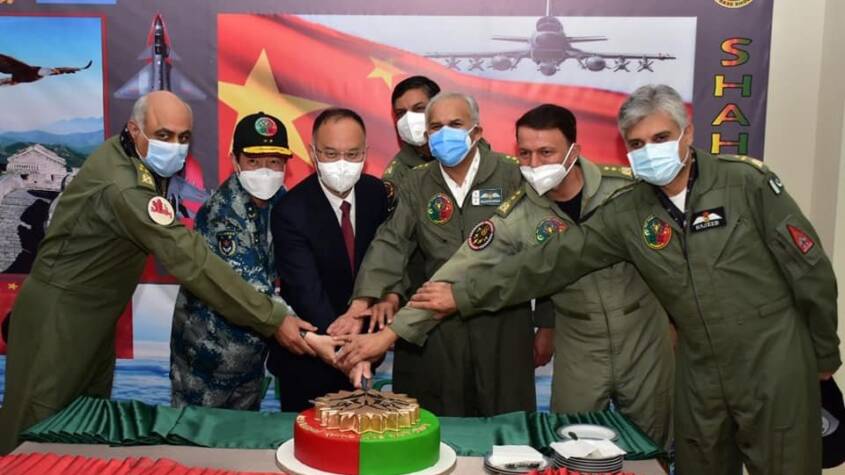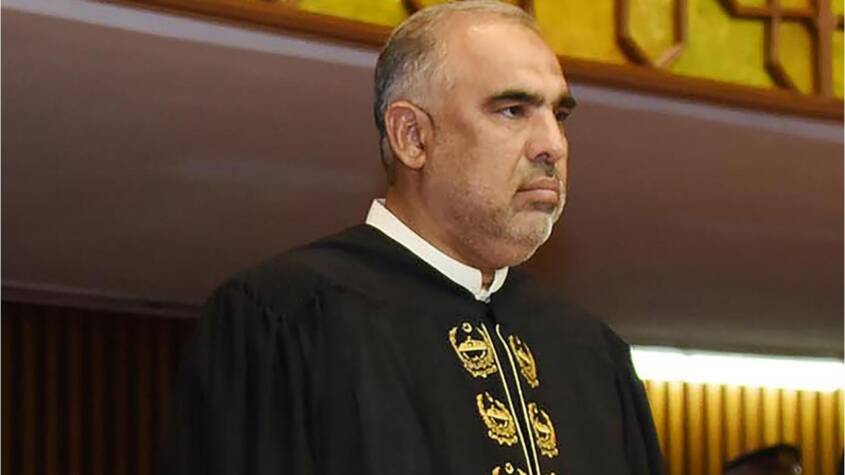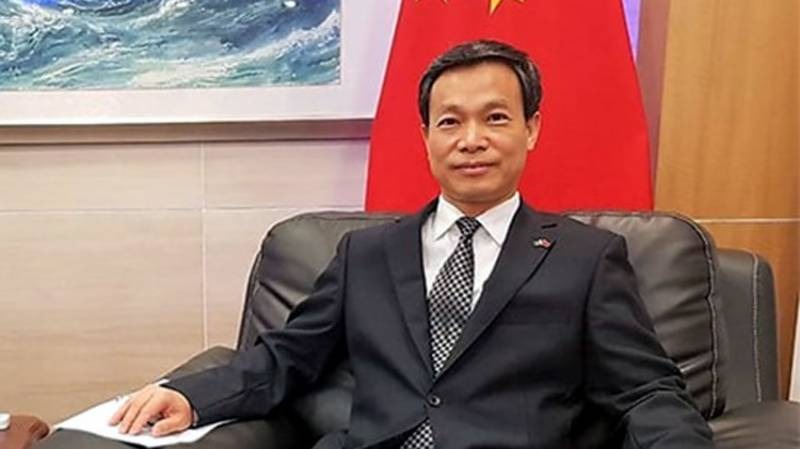PSX surges 10,000 points following ceasefire, IMF approval, reflecting renewed investor confidence, especially in banking and energy stocks.
The Pakistan Stock Exchange saw a significant surge on Monday, propelled by a blend of favorable developments, including the ceasefire accord between India and Pakistan and the IMF’s green light for essential financial support. The KSE-100 Index witnessed an intra-day spike of almost 10,000 points.
By 9:30am, the index had climbed to 117,104.11, marking a jump of 9,929.48 points or 9.26%.
Mohammed Sohail, CEO of Topline Securities, commented that the market opened with an impressive rally, reflecting investor optimism fueled by the ceasefire and IMF loan approval over the weekend.
Due to the sharp rise of 9% in the index, trading was temporarily paused in line with PSX regulatory protocols.
According to a PSX announcement, the trading halt was triggered after a 5% surge in the KSE-30 index, leading to a suspension of equity markets as per exchange rules.
Sohail noted that this kind of upward trading halt hadn’t occurred in two years.
After resuming at 10:42am, the bullish sentiment continued, with the index rising further to 117,150.03 by 2:15pm, an increase of 9,975.40 points or 9.31%.
Investors showed strong interest in major sectors like banking and energy, with key stocks such as HUBCO, MARI, OGDC, and several banks trading positively.
Arif Habib Limited (AHL) remarked that a convergence of favorable factors set the stage for a strong rebound, forecasting a bullish session from the start.
AHL projected that the KSE-100 might rally by 6–7%, with several stocks possibly hitting their upper price ceilings, as investor outlook shifted from cautious to optimistic.
The ceasefire between India and Pakistan was cited as the most crucial factor, significantly lowering regional geopolitical risk following weeks of strain after the Pahalgam attack.
Investor confidence was further bolstered by the U.S. President’s pledge to help resolve the Kashmir dispute and enhance trade ties between India and Pakistan.
Together, the ceasefire, IMF assistance, easing monetary policy, and improved U.S.-Pakistan trade prospects created a strong bullish environment, helping the market recover from its recent slump triggered by the April 22 Pahalgam incident.
AHL observed that the KSE-100 had dropped 12.6% since April 22, 2025, due to heightened tensions.
The market had closed lower the previous week, weighed down by escalating tensions between India and Pakistan, which subdued investor enthusiasm.
Geopolitical instability caused continuous investor caution throughout the week, with the market seeing gains only on Friday.
The KSE-100 Index lost 6,939 points or 6.1% during the week, ending at 107,175, down from the previous week’s close of 114,114.
Globally, stock futures in the U.S. rose and the dollar strengthened against safe-haven currencies on Monday, as renewed progress in U.S.-China trade talks calmed fears of a worldwide recession, although specific deal terms were still pending.
Regional geopolitical tensions appeared to ease, with India-Pakistan ceasefire holding and Ukrainian President Zelenskiyy expressing readiness to meet President Putin in Turkey for peace talks.
In Geneva, U.S. Treasury Secretary Scott Bessent reported significant headway in trade discussions with China, with both nations agreeing to initiate a new economic dialogue forum.
Although a joint statement was expected, there was no specific reference to tariff changes by either country.
Market reactions were positive, with S&P 500 futures rising 1.2%, Nasdaq futures gaining 1.4%, EUROSTOXX 50 up 0.9%, FTSE by 0.4%, and DAX by 0.7%.
Asian markets also responded favorably, with Japan’s Nikkei increasing by 0.3% and South Korea’s benchmark rising by 0.4%.
Related Posts
Pakistan economy continues to stabilize, World Bank

















